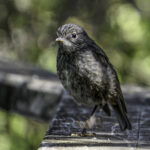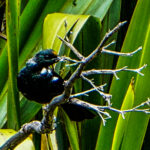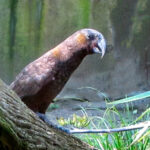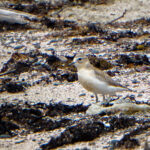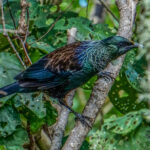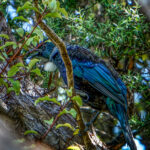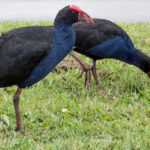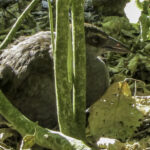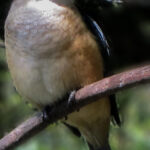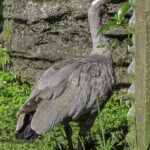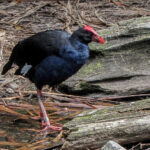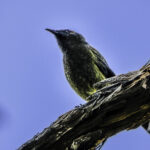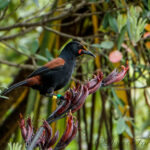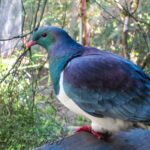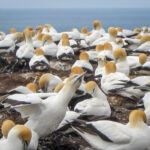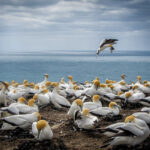New Zealand Birds
New Zealand Birds
When humans arrived in New Zealand about 700 years ago the environment changed quickly. Several species were hunted to extinction, most notably the moa a giant flightless bird, (Check out http://www.bagheera.com/inthewild/ext_moas.htm) and harpagornis (https://en.wikipedia.org/wiki/Haast’s_eagle). The most damage was caused by habitat destruction and the other animals humans brought with them, particularly rats – the Polynesian rat or kiore introduced by Māori and the brown rat and black rat subsequently introduced by Europeans. Mice, dogs, cats, stoats, weasels, pigs, goats, deer, hedgehogs, and Australian possums also put pressure upon native bird species. The flightless birds were especially sensitive.
Consequently, many bird species became extinct, and others remain critically endangered. Several species are now confined only to offshore islands, or to fenced “ecological islands” from which predators have been eliminated. New Zealand is today a world leader in the techniques required to bring severely endangered species back from the brink of extinction.
During the early years of European settlement many bird species were introduced for both sport and for a connection with the settler’s homelands. New Zealand had a starkly different appearance to the countries from where the settlers came.
A wonderful place to visit near extinct birds is Tiritiri Matangi an Island off the NZ mainland. The following is from their website, and most of the bird pictures are also from the island.
Tiritiri Matangi Island
is a wildlife sanctuary and one of New Zealand’s most important and exciting conservation projects. It is located 30km north east of central Auckland and just 4km from the end of the Whangaparaoa Peninsula. A hundred and twenty years of farming had seen this 220-hectare island stripped of 94% of its native bush but between 1984 and 1994, volunteers planted between 250,000 and 300,000 trees. The Island is now 60% forested with the remaining 40% left as grassland for species preferring open habitat.
In conjunction with this planting program, all mammalian predators were eradicated and a number of threatened and endangered bird and reptile species have been successfully introduced, including the flightless takahe, one of the world’s rarest species, and the tuatara. There are few places in New Zealand where you can readily see and walk amongst so many rare species.
The project is managed by the Department of Conservation in conjunction with the Supporters of Tiritiri Matangi Incorporated.
http://www.tiritirimatangi.org.nz/
http://www.bagheera.com/inthewild/ext_moas.htm
https://en.wikipedia.org/wiki/Haast’s_eagle
https://en.wikipedia.org/wiki/Birds_of_New_Zealand
A book on New Zealand birds–http://www.whitcoulls.co.nz/native-birds-of-new-zealand-5955027
